#CitizenScience
Text
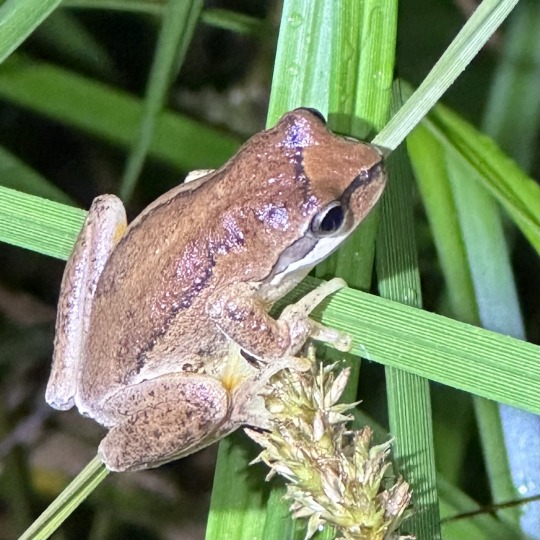

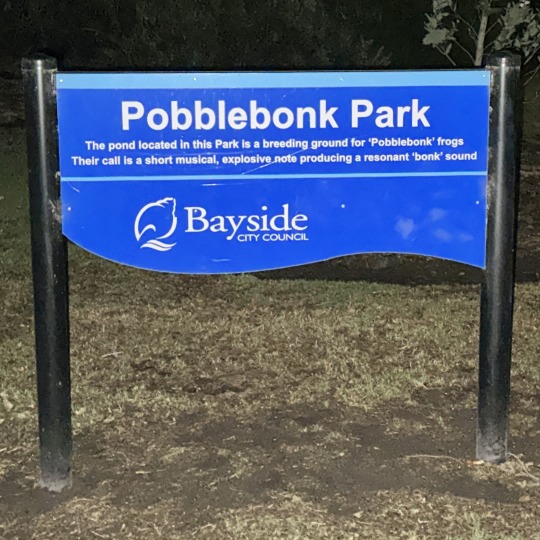
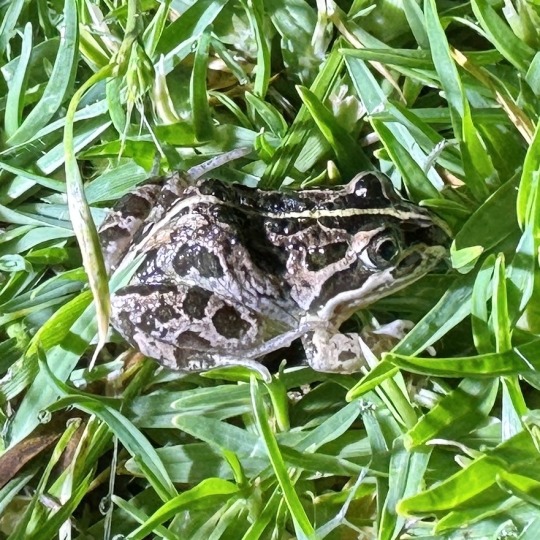
Tonight we were able to join the Friends of Native Wildlife Inc to record frogs for FrogID Week! We heard Peron’s Tree Frogs, Spotted Marsh Frogs and Pobblebonk Frogs, and we saw Spotted Marsh Frogs, Brown Tree Frogs and a Very Beautiful Pobblebonk Lady! 🐸
#brown tree frog#pobblebonk frog#banjo frog#spotted marsh frog#frogid#citizenscience#frogs#animals#amphibians#frogidaus
263 notes
·
View notes
Text
Discovering Citizen Science
I have mentioned in previous blog posts that one of the best decisions I have made in the last 5 years was to get involved in my local mycological society. Foray NL is a not for profit collaborative group that involves folks from a variety of backgrounds including mycologists, lichenologists, indigenous partners, students and citizen scientists. All of these people get together once a year to collect, analyze, identify, photograph, and catalogue mushroom and lichen species from across Newfoundland. Each year new species are discovered, species that have never been collected before or in some cases never been identified before. There are so many different kinds of mushrooms and lichens. Lichen identification by Foray NL has helped to play a part in conservation efforts here in Newfoundland. It makes me feel like we are making a small but meaningful difference in the world. It is truly fascinating that despite the tens of thousands of specimens collected over the 20 years Foray NL has been active, we still have only grazed the surface of biological variety. This element of discovery really ignited a curiosity in me that has led to a new career path, and has helped me discover a joy in continued studies as an adult (such as this course!)
Citizen science is about asking questions and observing. Check out this mushroom house party! What kind of music do you think they are listening to?
In 2019 when I attended my first Foray NL three day event. I was initially a bit nervous, but interested in learning more about mushrooms as an amateur forager. It fascinated me to discover that there are edible food sources wherever we go. Knowing what to eat was just a matter of researching a bit more about plant and fungi biology. As a forager I wanted to know what else I could eat aside from the wild berries, Labrador tea, and plethora of edible backyard weeds. I wanted to dive head first into the woods and talk to the people that knew about wild food sources, and how not to die while eating mushrooms. What I didn’t expect was a welcoming, interesting community of people who were maybe a bit eccentric, but incredibly knowledgeable, funny, caring and ready to take on the world on mushroom at a time. I don’t remember what I was expecting, but when I stepped into the “mush-room” I was blown away. The “mush-room” is a large makeshift laboratory where all the species of mushrooms that have been collected over the weekend are laid out for identification on tables. There were piles of books for identification, a photography booth, microscopes, dehydrators and tables and tables of unique fungi and lichens. The variety was astounding to someone who really only knew about wild chanterelles. I went past each specimen taking in their names, features and examining their qualities. I observed their spores on microscope slides, witnessed bio-luminescence in the photo room, and along the way learned so much from each person I spoke with. It was fun, and I helped to contribute to the collection, my role even had a name - citizen scientist. This slow building of knowledge has been incredibly rewarding and the yearly event is something I continue to look forward to. My hope is that by sharing my story other folks will reach out to similar organizations and seek out the knowledge that lingers there. You too can be a citizen scientist!
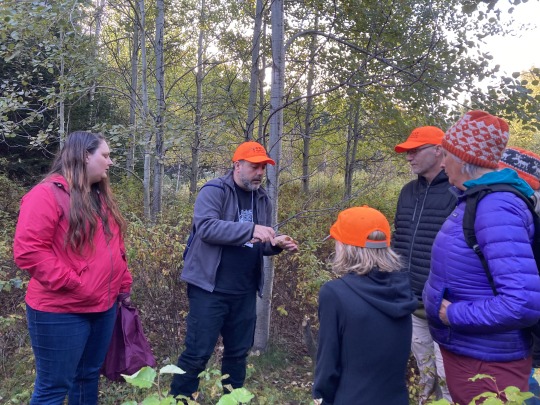
Folks at Foray NL learning about how to identify mushrooms.
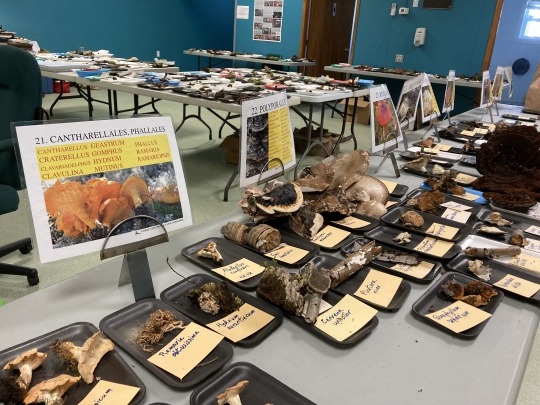
The "Mush-Room" identification tables at Foray NL

One specimen of identified mushrooms on the table.
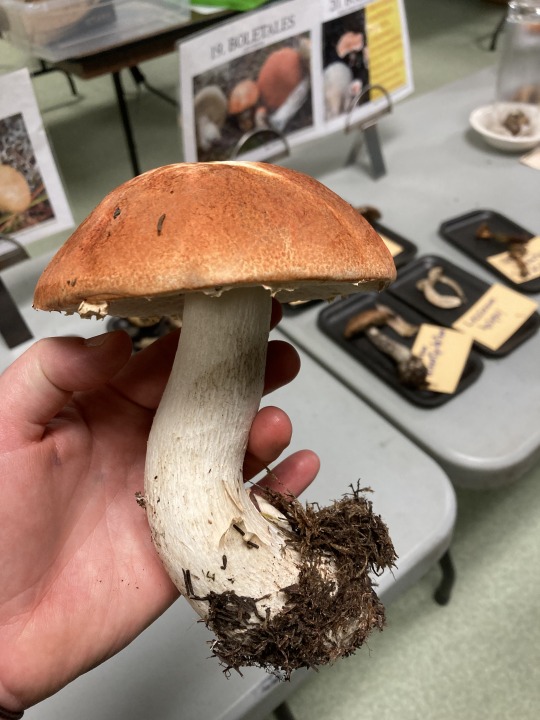
A bolete! From the tables, 2023.

Science! Is for everyone!
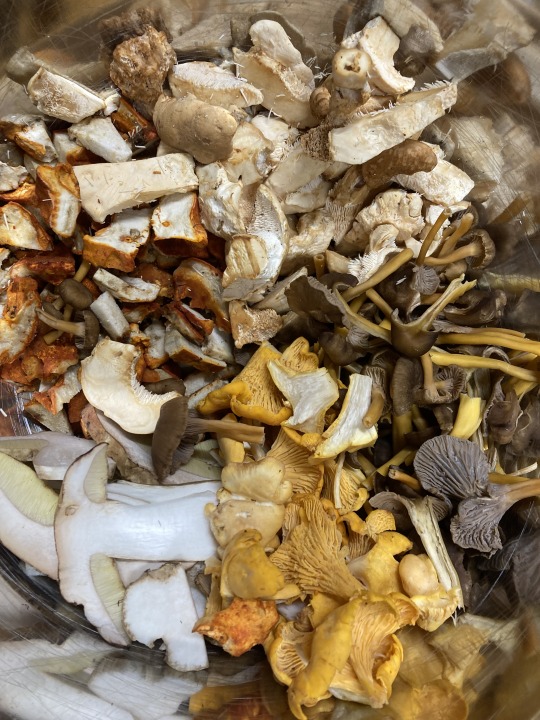
My favourite part, prepping and eating a foraged fungi feast for everyone at Foray NL to enjoy after a day in the woods collecting specimens.
8 notes
·
View notes
Photo
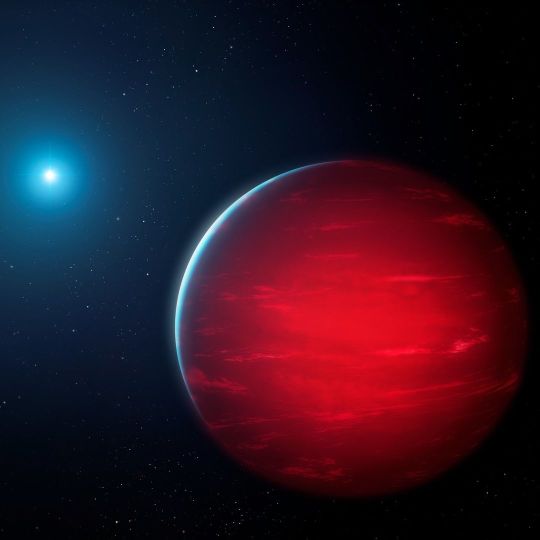
🚨#NewResearch alert! A recent study co-authored by Museum Senior Research Scientist Jackie Faherty highlights 34 “ultracool” dwarfs, also known as brown dwarfs, that were discovered by a citizen scientist from the Backyard Worlds: Planet 9 citizen science project. 🔭Brown dwarfs are star-like, with more mass than planets but less mass than stars, which makes them much harder to spot. The question of how often stars exist alone is an enduring question in the field of astronomy, and for brown dwarfs, the answer to this question is especially elusive. But these discoveries could help astronomers determine if brown dwarfs are more akin to oversized planets or undersized stars, as well as providing insights into how star systems evolve over time. Read more about their findings in the link in our bio! Image: NOIRLab/NSF/AURA/M. Garlick #research #STEM #science #space #astronomy #CitizenScience #CitizenScientist #amnh #museums #BackyardWorlds #planets #stars #BrownDwarf https://www.instagram.com/p/CfuM79VPTmz/?igshid=NGJjMDIxMWI=
#newresearch#research#stem#science#space#astronomy#citizenscience#citizenscientist#amnh#museums#backyardworlds#planets#stars#browndwarf
208 notes
·
View notes
Text
National Volunteer Week Feature: Jeep Dunning
Visitor Center Docent, Outreach Specialist, and Sanctuary Lecturer at Hawaiian Islands Humpback Whale National Marine Sanctuary

“I joined the Hawaiian Islands Humpback Whale National Marine Sanctuary Volunteer Team in 2008 and have participated in a myriad of activities, including working with school groups, presenting 45 Ton Talks, acting as a visitor center docent, joining outreach events, writing for the newsletter, assisting office staff, and endless other opportunities. What I love about volunteering for the sanctuary is that I learn something new every single day I participate and also feel privileged to have access to cutting edge NOAA marine science experts. I especially enjoy interacting with the public and sharing what I have learned with others.”
Thank you for the work you do, Jeep!
Read more about our incredible volunteers:
Find out how you can get involved at Hawaiian Islands National Marine Sanctuary:
#EarthIsBlue#Volunteer#GlobalVolunteerMonth#CitizenScience#NVM#Hawaii#NOAA#science#national marine sanctuary
29 notes
·
View notes
Text
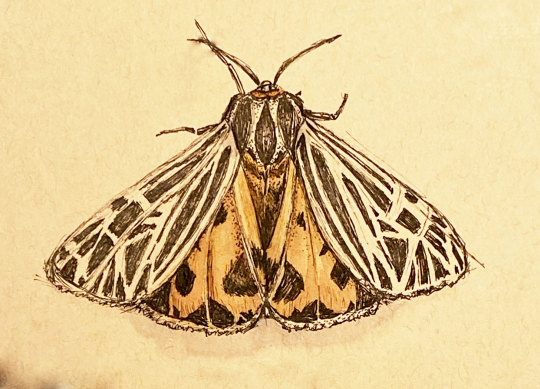
Virgin Tiger Moth (Apantesis virgo) from my nature journal
#CitizenScience#CitizenScientist#NaturalHistoryIllustration#NaturalScienceIllustration#Illustration#Illustrator#Sketchbook#SketchbookArt#ANaturalistsNotebook#Drawing#Sketching#NatureJournaling#NatureJournal#Nature#FieldSketching#NatureArt#NatureArtist#Cricklewood#CricklewoodNatureJournaling#moth art#tiger moth#insects
6 notes
·
View notes
Text
Taking Part in The Scientific Process
TLDR: Any random person can help NASA with no training, links are at the bottom.
When I was a child, I would often wonder if I’d become an astronomer. I have a vivid memory of sneaking out of bed in the wee hours of the morning and putting on my glasses, just to watch the stars above my house. Space is, and always will be, an essential part of my sense of self, and there was a part of me that longed to work with my fellow space enthusiasts, pushing our understanding of the universe to its limit.
Of course, it doesn't always work like that. I am fairly good at understanding the concepts and math surrounding astronomy, but it often bores me. While I love learning about the celestial bodies discovered day after day, I don’t really have any interest in knowing the specifics. Occasionally, I’ll do my own research into the reasons why things work the way they do, but otherwise, I was content simply learning that they existed. It was a little disappointing, knowing that I wouldn't genuinely enjoy pouring over images and data of newly discovered galaxies or nebulas. I had accepted this, however.
Then, in a history class I took this past semester, I learned of something called crowdsourcing. It was explained to me and my class that, sometimes, institutions will reach out to the general public, asking for help with tedious tasks. These crowdsourcing projects were usually asking for help transcribing old documents and the like. While scrolling through a website called Zooniverse, I discovered a page asking for help labeling images and words in scans of old astronomy textbooks. I had been investigating the page - mostly trying to decide if there was enough of a historical aspect for my assignment - when I saw that the people in charge of the project were partnered with NASA.
I decided to poke around NASA’s website, wondering if maybe they had more projects. Lo and behold, under a page labeled “Citizen Science,” were dozens of links leading to various projects, covering everything from reporting mosquitos on earth to scouring images for asteroids. I clicked on a few different links, finally settling on a page asking for help labeling images of Jupiter. They were looking for vortexes in Jupiter's atmosphere.
I had partially expected there to be some sort of requirement in order to help. A degree in astrophysics, or meteorology, or anything at all. As it turns out, there was nothing I needed to do but press a button labeled “Circle the Vortex!” under the heading of the webpage. Sure enough, a tutorial popped up explaining how to use the tools given.
It was surprisingly simple. If the image had a red, brown, or white vortex, then I was to circle it with the matching color. If the vortex had a few different colors in it, then I was to select the “Multi Color” tool, specifying what color was in the center, and what color was on the border. I breezed through quite a few images, pausing only to consider if certain vortexes were actually red, or just a rusty brown. There was one image I remember well, it had quite a few itty bitty vortexes dotting along the stripes of clouds. A couple of times, I came across an image that looked entirely barren of vortexes. It usually only took me a few moments to realize that yes, there was a vortex in there, It was just hard to see. This was mostly due to the image being poor quality, but a few times the vortex just happened to be the exact same color as the clouds around it, blending in. Somehow, there wasn’t a single image without something to circle.

Despite my general hatred for tedious tasks, I found this to be fun. The repetitive nature of circling vortexes, combined with the uniqueness of each image, created a relaxing activity that took up about an hour of my time. Each image only took a minute or two to complete. It was certainly more fun than the crowdsourcing project I was doing for my history class, which turned out to be complicated and difficult to understand.
After toiling away at the project for a little while, I switched gears, looking into other projects. Admittedly, I didn't really do much for a few weeks, being busy with schoolwork. While surfing the Zooniverse Space page, I spotted a link labeled “Fishing for Jellyfish Galaxies.” Amused, I clicked the link. I hadn’t ever heard of something called a “Jellyfish Galaxy”, although I can’t say I was surprised to learn that, yes, they do exist. Apparently, a Jellyfish Galaxy is more of a description than an actual type; any galaxy moving too fast through the universe will leave many trails of stars and space dust, looking similar to a jellyfish. (Slightly off topic: did you know that jellyfish born in space get vertigo when brought back to Earth? Now you do.)
The task seemed easy enough: Look at a picture, find the trails of stars following a galaxy, label accordingly. It was a little more complicated than that. Firstly, not all of the galaxies were going to be jellyfish galaxies, forcing me to study the image more closely so as to not miss anything. Secondly, like most pictures of galaxies, the image quality… left something to be desired. It’s not like I could really complain, however. There wasn’t really much anyone could do about how the images looked, due to the galaxies being entirely too far away. Lastly, there were false-positives.
If two galaxies were too close together, then any evidence of potential ram-pressure stripping (the galaxies going too fast for their own good), could simply be gravitational pull. This wouldn't be too much of an issue if I knew what “too close” meant. I continued with the assumption that it meant they were close to touching in the image, but the fact that I wasn't 100% sure made me uneasy. There was a section on the first image asking for any comments, so I wrote “I’ll be honest, I don't know if the galaxy at the top is too close to the one in the middle or not. I'm going to assume not, as the scale of the image is probably immense” in order to let them know that the image might not have been what I labeled it as.
Other than a few other confusing images - which I commented on, making sure that they knew they needed to be looked at again by another set of eyes - the task was simple. The majority of galaxies weren’t jellyfish-esq, so I got excited every time something looked unusual, like this one

If you look closely, you can see that one of the arms on the left side of this galaxy is beginning to fall behind. I believe the speckle of pixels following this arm are a little more blended with the background because it is a trail.
It was satisfying, knowing that the work I was doing was making someone's job much easier. Rather than someone who didn't like sorting through images slogging away at it, I was happily toiling away at the task. For a moment, I wondered if I’d prefer to do this for a living, but then I remembered that this isn't really a job per se, so the moment passed.
There's a sense that many different sciences are up upon an ivory tower, inaccessible to those without the privileges and resources to learn the material necessary. This, however, shows that most scientists are thrilled with the idea of including the public with the work they are doing, trying their best to teach to an audience that wants to listen. I feel as though crowdsourcing isn't something that many people know of; I had no idea it was something I could do until this year, and I’ve been fairly involved in my many interests (admittedly, I can be a bit obvious, so I may be making too grand an assumption). So, I wanted to let people know. If you’ve read this far, Congrats!
The Science I did regarding Jupiter
The Science I did regarding Galactic Jellyfish
Zooniverse
NASA's Citizen Science Projects
Literally the only source NASA has on those dang Jellyfish born in space
#Space#CitizenScience#Why is the Study on those Jellyfish Impossible to find#I mean seriously#galaxies#Jupiter#NASA
3 notes
·
View notes
Text
Tornado Quest Top Science Links For 11 - 18 March 2023 #science #weather #climate #climatechange #citizenscience #health #severeweather #weatherready #drought #tornado
Greetings everyone. I hope this week’s post finds everyone doing well. March is a very transitional month across the Northern Hemisphere as winter begins give way to brief warm spells and severe weather events. This week I will continue with severe weather safety infographics. There are many other interesting science links to check out, so let’s get started.
If you’re looking for a way to get…
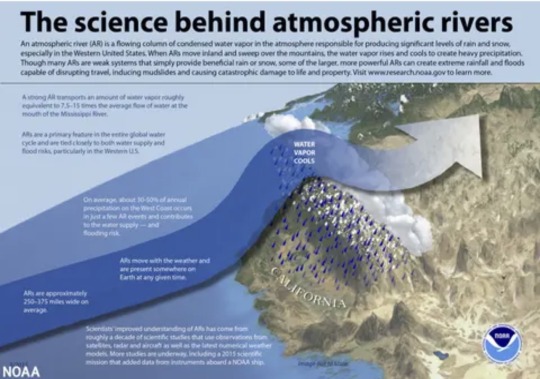
View On WordPress
#atmospheric river#citizen science#citizenscience#climate#climate and health#climate and weather#climate change#climate crisis#climatechange#climatology#cocorahs#drought#greenhouse gases#health#meteorology#public health#science#seasonal allergies#severe weather#severe weather preparedness#severe weather safety#severeweather#tornado#tornado safety#us drought monitor#weather#weather ready#weatherready
2 notes
·
View notes
Photo

I had a great day out at Myponga reservoir recently, participating in some fish sampling with Recfish SA and SARDI. The native fish are thriving in this spectacular location even with the large biomass of redfin, some of which are on the menu for the larger natives. In fact, the scientists tagged a 72cm cod which had a redfin hanging out of it’s mouth! I can also report that I saw some of the recently stocked rainbow trout hunting baitfish in the shallow margins too. A magnificent fishery going from strength to strength! #goldenperch #callop #yellowbelly #murraycod #rainbowtrout #redfin #mypongareservoir #reservoirssa #recfishsa #sardi #citizenscience #catchandrelease #freshwaterfishing #fishing #fishingsamagazine #tackleworldadelaide #jarviswalker https://www.instagram.com/p/Cp056uhyliy/?igshid=NGJjMDIxMWI=
#goldenperch#callop#yellowbelly#murraycod#rainbowtrout#redfin#mypongareservoir#reservoirssa#recfishsa#sardi#citizenscience#catchandrelease#freshwaterfishing#fishing#fishingsamagazine#tackleworldadelaide#jarviswalker
2 notes
·
View notes
Text
Kids Week 2023 is underway at Intrepid Museum! Learn about telescopes and what you can see in NYC with @aaadotorg for one more day, Sunday February 19, from 10 AM - 5 PM! (clip credit: Intrepid Museum)
#astronomy#nyc#womeninstem#citizenscience#amateurastronomy#stargazing#nycastronomy#scienceeducation#space#solarobserving#communityoutreach#solarsystemambassador#sidewalkastronomy#familyfriendly#kidsweek2023#IntrepidMuseum
5 notes
·
View notes
Text
Post: New NASA Citizen Science Project to Find Exoplanets
New NASA Citizen Science Project to Find Exoplanets https://www.blaqsbi.com/2yyf
0 notes
Text
Early Signs of Spring Becoming New Norm and Citizen Scientists Are Needed to Help Monitor Situation Say Woodland Trust

Woodland Trust warns earlier signs of spring becoming the new norm and is asking volunteers to become citizen scientists to help record data. Read more on Hillingdon Today.
#SpringShift #CitizenScience #Citizen #ClimateChange #WoodlandTrust #NatureMonitoring #EcologicalShifts #EarlySpring #VolunteerMonitoring #EnvironmentalAction #ClimateAction #SpringTrends
Read the full article
#Citizenscience#Climateaction#Climatechangeimpact#Climateresilience#CO2emissions#Earlysignsofspring#Ecologicalshifts#Environmentalaction#Naturemonitoring#Springindex#Springphenology#Springtrends#Volunteeropportunities#Wildlifemonitoring#WoodlandTrust
0 notes
Text
Tonight’s Particularly Gorgeous Striped Marsh Frog Lady listening to the Beautiful Songs in her pond at Yarran Dheran Nature Reserve!
#striped marsh frog#southern brown tree frogs#common eastern froglet#pobblebonk frog#frogs#animals#amphibians#video#animal video#citizenscience
149 notes
·
View notes
Text
Exciting news! Citizen scientists are gearing up to capture unprecedented footage of the sun's corona during the 2024 eclipse
Dive into the awe-inspiring world of citizen science as volunteers prepare to document the elusive sun's corona during the upcoming 2024 eclipse! This captivating article sheds light on how individuals like Rachael Weir are bridging the gap between professional research and community engagement. With specialized camera gear and nationwide coordination, they're poised to capture never-before-seen footage that could revolutionize our understanding of solar phenomena. From unraveling the mysteries of magnetic fields to exploring the potential impact on other planets, the possibilities are as vast as the cosmos itself. Don't miss out on this celestial adventure—click the link to read more about this extraordinary initiative! 🚀🔭☀️ Read more
1 note
·
View note
Text
There Are Now +59,600 Vacancies In The Government
Assistant, Attendant, Clerk,
Driver, Pharmacist, Junior Engineer Technician Grade III, Technician Grade
Police Constable, Jail Constable, Armed Police
Head Teacher
Headmasters (Principal)
Apprentice

View On WordPress
#CitizenScience#CitizenTrump#GOVERNMENT#growthmindset#indialove#investing#LatestNews#Launching#MoneyTalks#profitable#saveG#Savings#SCHeerenveen#scheme#trending2024#yojana
0 notes
Text
National Volunteer Month Feature: Lee Martinez
Gray’s Reef Ocean Discovery Greeter

"I'm a greeter at the Ocean Discovery Center, meaning I welcome visitors and introduce them to the Sanctuary and our programs. This is by far the coolest 'job' I've ever had -- not only has it given me a new appreciation for the interdependence of our local waters and daily life here in the city, but it's also inspiring to learn how personal changes can make a positive impact, and how to spot those effects as they happen in the wild." -Lee Martinez
Thank you for all the work you do, Lee! Find out how you can get involved at NOAA Gray's Reef National Marine Sanctuary by visiting
21 notes
·
View notes
Text
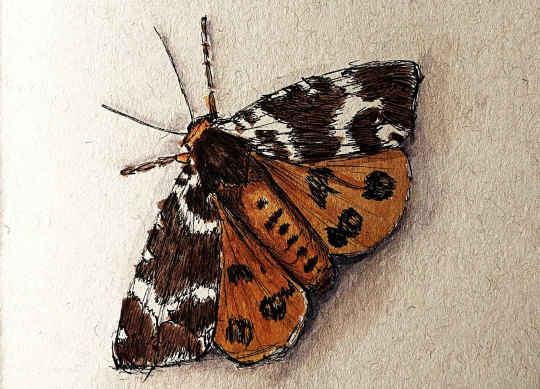
Garden Tiger Moth... I think this is turning into a moth day.
#CitizenScience#CitizenScientist#NaturalHistoryIllustration#NaturalScienceIllustration#Illustration#Illustrator#Sketchbook#SketchbookArt#ANaturalistsNotebook#Drawing#Sketching#NatureJournaling#NatureJournal#Nature#FieldSketching#NatureArt#NatureArtist#Cricklewood#CricklewoodNatureJournaling#moth art#insects
3 notes
·
View notes